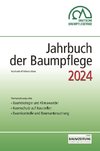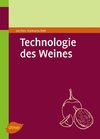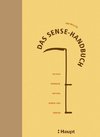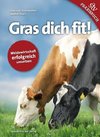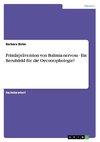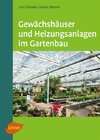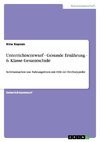
-
 Anglický jazyk
Anglický jazyk
Effect of Honeybee Pollination on Pigeonpea
Autor: Denisha Rajkhowa
Pigeon pea is one of the most important legume crop. Pigeon pea commonly known as ¿red gram¿ or ¿arhar¿ is very old crop of this country. After Chick pea, arhar is the second most important pulse crop in India. Pigeon pea is partially cross pollinated crop... Viac o knihe
Na objednávku, dodanie 2-4 týždne
56.43 €
bežná cena: 62.70 €
O knihe
Pigeon pea is one of the most important legume crop. Pigeon pea commonly known as ¿red gram¿ or ¿arhar¿ is very old crop of this country. After Chick pea, arhar is the second most important pulse crop in India. Pigeon pea is partially cross pollinated crop with diploid chromosome number 2n=2x=22 Pigeon pea [Cajanus cajan (L.) Millspaugh] is a short-lived perennial shrub that is traditionally cultivated as an annual crop in developing countries. There has been an increase in food demand for pigeon pea during the last two decades. Between 1981-83 and 2001-03, global consumption of Pigeon pea increased by 34 per cent, from 1.9 million tons to 2.6 million tons. Pollination is one of the important natural factors for enhancing fruit set and productivity of many crops. Among the entomophilous, honeybees and solitary bees are mostly responsible for pollination of various economic crops. More than 50 per cent of existing species of plants propagated by seeds are dependent upon insects for adequate pollination. Honeybees are the most effective pollinators of many cultivated and wild crop plants and it also increase the production of pigeonpea.
- Vydavateľstvo: LAP LAMBERT Academic Publishing
- Rok vydania: 2023
- Formát: Paperback
- Rozmer: 220 x 150 mm
- Jazyk: Anglický jazyk
- ISBN: 9786206144465
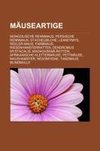
 Nemecký jazyk
Nemecký jazyk 
